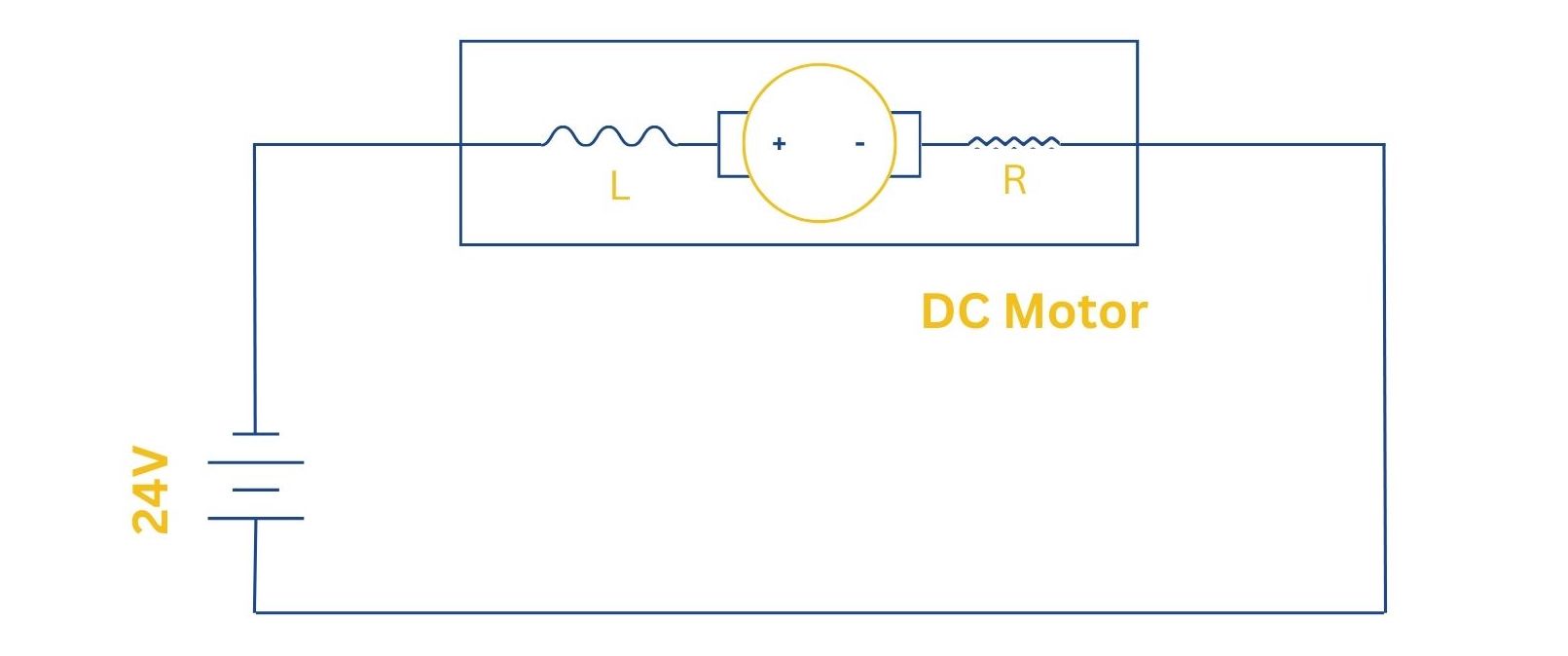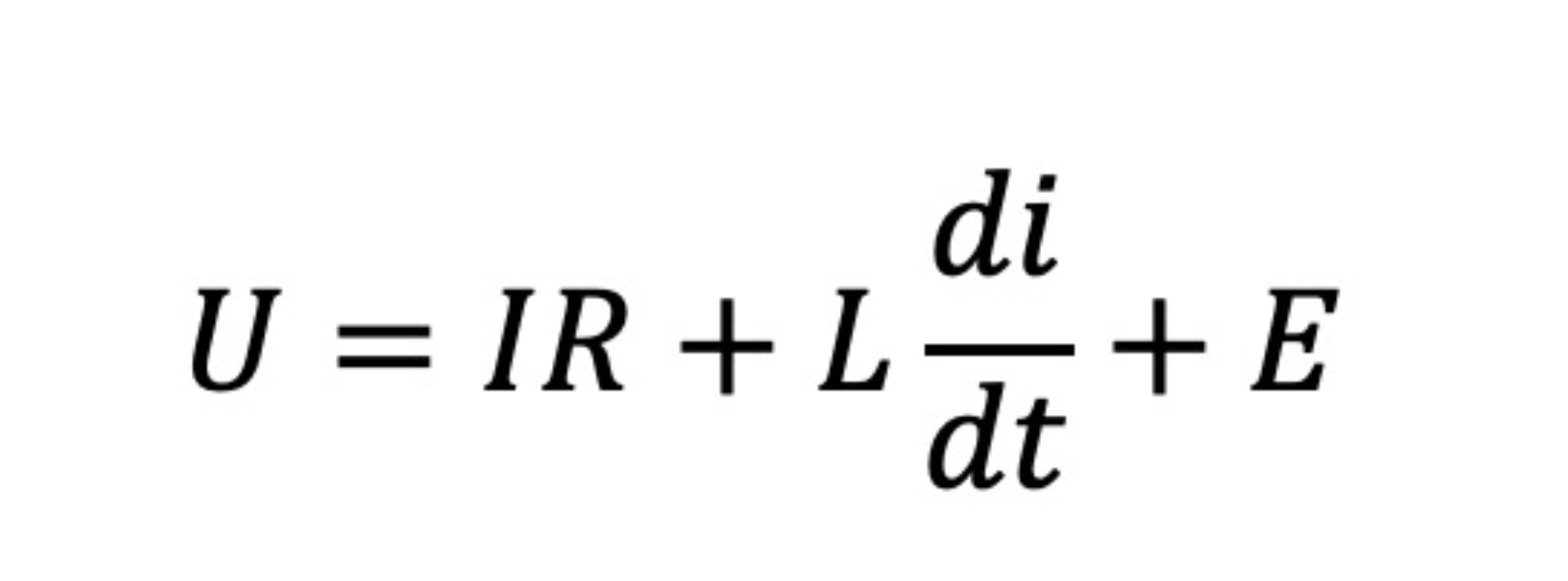In electromagnetism, the principle behind the generation of Back Electromotive Force (Back EMF or EMF) is based on Faraday's law of electromagnetic induction. Faraday's law states that when the magnetic flux through a closed circuit changes, an induced electromotive force (EMF) is generated in the circuit.
Above principle also applies to the back EMF in motors. When a motor operates, current passing through the motor windings generates a magnetic field. The rotation of the motor causes the windings to cut through magnetic flux lines, thereby generating an induced EMF within the windings. According to Lenz's law, the direction of this induced EMF is opposite to that of the original EMF caused by the input current, hence it is called back EMF. And it is proportional to the motor’s speed(angular velocity ω ). The relationship between the terminal voltage and back EMF can be expressed:


Rewrite the EMF formula related to terminal voltage as following, where UIt is the input power, Eback is the back EMF, I^2Rt is the heat loss, then we can achieve the physics meaning of back EMF is to generate useful power, and inversely proportional to heat loss.

We can calculate back EMF by following this equation:

Where E refers to back EMF, ψ refers to Magnetic Flux, f refers to Frequency, N refers to Coil Winding turns number, φ refers to Magnetic Flux.
Here are some notes we can take when we discuss and use the EMF of permanent magnet motor:
Back EMF is generated is equal to the change rate of magnetic flux, the higher speed the motor operates, the greater change rate is occurred, and the larger back EMF is generated.Magnetic flux itself equals to the Product of turn number and single-turn magnetic flux, so the higher turns is counted, the larger magnetic flux is acquired, and the larger back EMF is generated.Turn count is influenced by winding schemes, such as star winding or delta connections, coil turns per slot, phase count, slot count, parallel branch count, and long or short pitch schemes.Single-turn magnetic flux equals magnetic potential divide by magnetic reluctance, so higher magnetic potentials and lower magnetic reluctances along the magnetic flux direction result in larger back EMFs.Magnetic reluctance is influenced by air gap and pole-slot combinations, with larger air gaps resulting in larger reluctances and smaller back EMFs. Pole-slot combinations are complex and require specific analysis.Magnetic potential is influenced by residual magnetism and effective cross-sectional area of the magnetic steel, with higher residual magnetism resulting in higher back EMFs. Effective cross-sectional area is influenced by magnetization direction, dimensions, and placement of the magnetic steel, requiring specific analysis.Residual magnetism is influenced by temperature, with higher temperatures resulting in smaller back EMFs.
In summary, factors affecting back EMF including rotor speed, turns per coil, phase count, parallel branch count, pitch scheme, motor magnetic circuit, air gap length, pole-slot combinations, residual magnetism of magnetic steel, placement and dimensions of magnetic steel, magnetization direction of magnetic steel, and temperature. To learn more about motor design, contact Quadrant.
